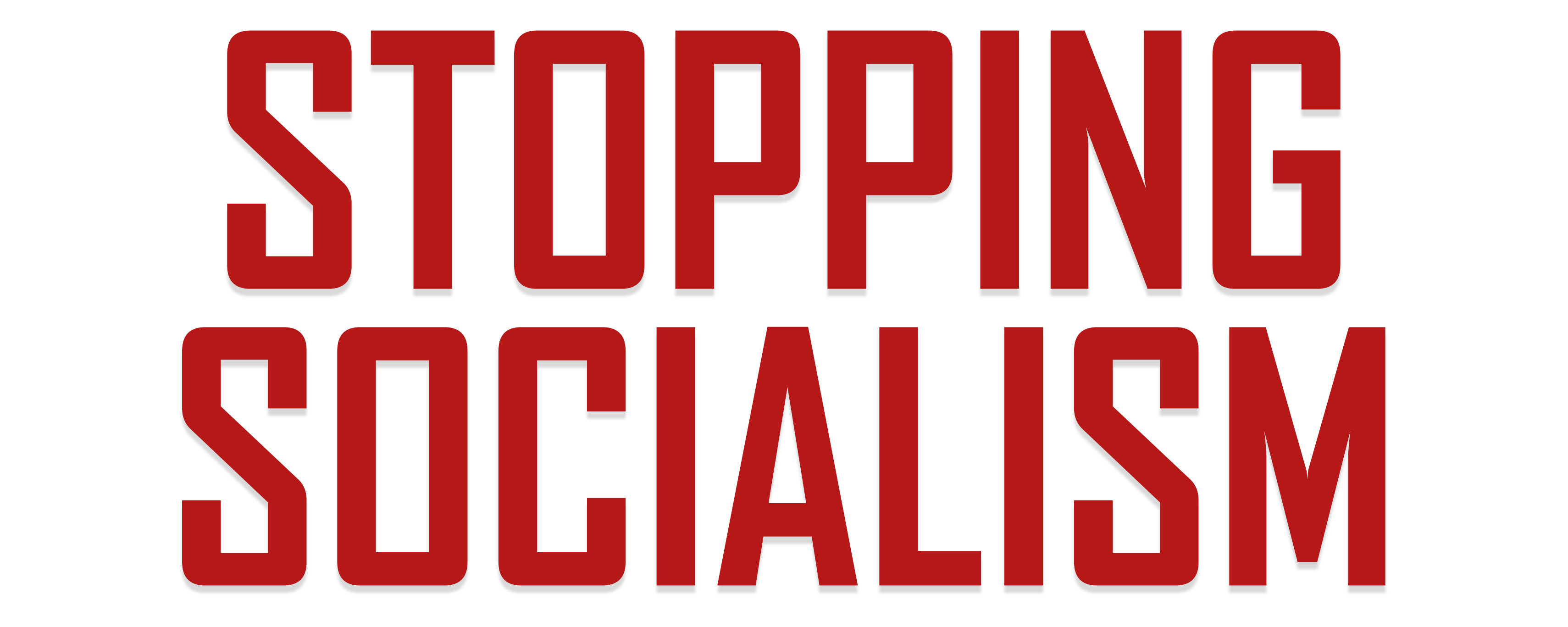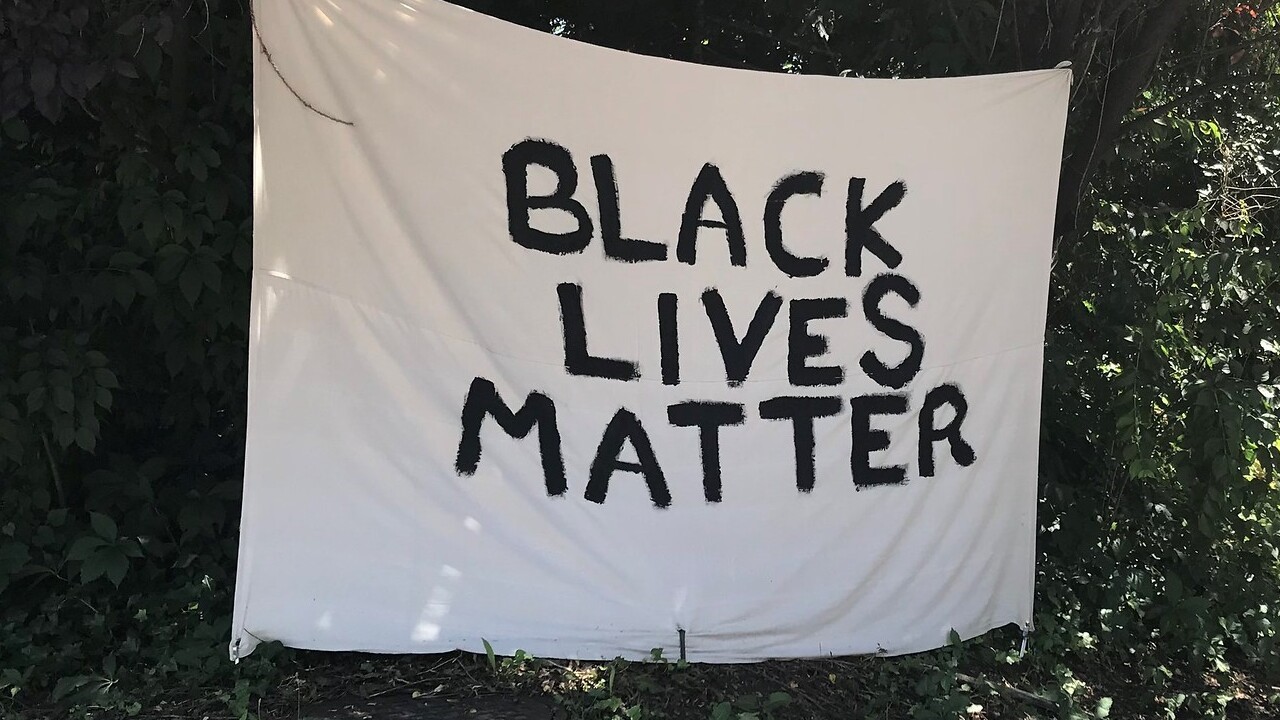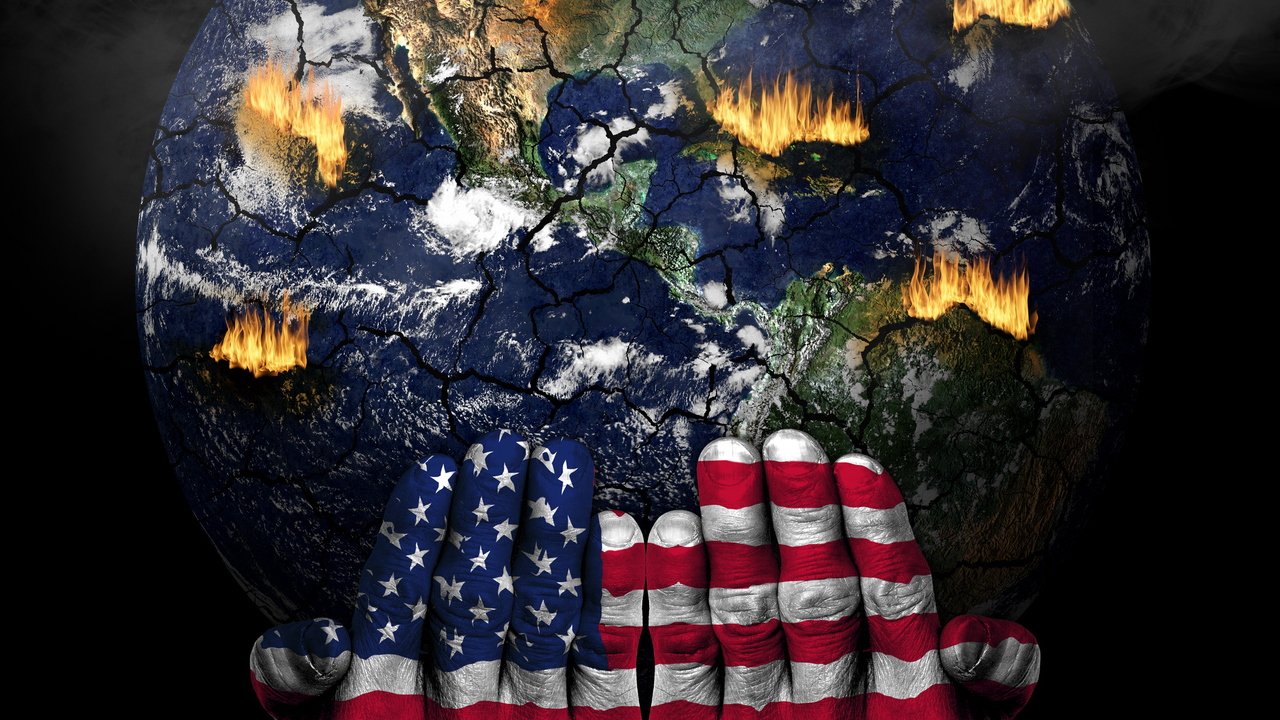“A Bailout for Woke Higher Ed” reads the headline on the stringent analysis by the Wall Street Journal’s Allysia Finley of the Biden student loan forgiveness program.
It’s a program that’s economically regressive, “even worse than you thought,” with big bailouts for the most affluent, as economist Tyler Cowen points out.
It’s wildly more expensive than advertised, according to Penn Wharton, with costs rising to the magnitude of $600 billion to $1 trillion, two to three times the expected price tag.
To understand why this policy is so rotten, go back to its origins. Many years ago, some policymakers noticed that the small minority of Americans who graduated from college earned more than the large majority who didn’t. They deduced that if more people went to college, they’d earn more themselves and increase the gross domestic product. So let’s loan them money for tuition and expenses.
But at some point, there are diminishing returns.
Not everyone has the talents and temperament to profit from college. When you get majorities entering higher education — colleges and universities, or just community colleges — many drop out, and some end up making less than if they’d skipped college and just gotten a job. Even worse, they end up owing more.
America seems to have reached that point some time ago. Graduates’ unemployment rates and the (perhaps more wrenching) percentage living with parents rose from the 1990s to the last decade.
Economists David Autor and Arindrajit Dube have found that college graduates’ wages have fallen more since 2020 than those of college dropouts or high school graduates. Returns on college seem increasingly dismal — negative, even — for dropouts and marginal graduates and may be reducing rather than increasing total GDP.
The result is what economic historian Peter Turchin calls “the overproduction of elites,” people with elite credentials but not necessarily superior abilities. Such overproduction, Turchin argues, has historically produced “socio-political instability,” which he predicted in 2010 would be a feature of the 2010-20 decade. We’ve seen plenty of instability in politics, the economy and higher education, where students have been shunning humanities for more practical majors, and an oversupply of Ph.D.s has resulted in competition for fewer tenure track positions and more teaching by near-minimum-wage adjuncts.
So, where has all that government student loan money gone? Not to increased capacity: Even schools with huge endowments haven’t increased enrollments.
Instead, colleges and universities have mopped up the money by raising tuition and charges for gold-plated dorms and gyms — and for staff. From 2000 to 2020, tuitions increased 170%, more than twice the inflation rate, while prices of market-provided goods barely rose (cars, furniture, clothing) or sharply fell (cellphones, software).
Institutions of higher education have gobbled up this immense flow of government student loan cash and have spent it largely on administrators, who for nearly two decades have outnumbered teachers and who, in my view, bear something not totally unlike the relationship to the larger society that Attila the Hun’s armies bore to ancient Rome.
Their main work seems to be regulating premarital sex, suppressing speech and stamping out dissenting thought. As the Wall Street Journal’s Walter Russell Mead points out, this all risks making American higher education less attractive to foreign elites — a diminution of American soft power but also a risk to a higher education cash cow. (Foreign students pay full-freight tuition.)
Meanwhile, like other left-leaning institutions, higher education has been inflicting great harm on itself. Masking and quarantine regulations have been imposed despite the minimal and now near-zero risk of COVID fatality to people of student age. Speech codes and sexual kangaroo courts make higher education unattractive to many potential applicants.
People have been noticing. As 538.com’s Nate Silver points out, the percentage of young people going to college has not been growing for 10 years, even as total federal and institutional grants and loans have increased. Enrollment declined with the onset of COVID, falling by 1.2 million students between fall 2019 and fall 2021. And it keeps falling, with total higher education enrollment down 4.1% between spring 2021 and spring 2022.
Student loan forgiveness has moral hazard effects. For the Biden White House, that’s a feature, not a bug. The 2020 Biden campaign received $64 million from higher education employees, and many people may figure that this loan forgiveness is just the first of many rounds. Among the “highly problematic impacts,” writes Obama Council of Economic Advisers head Jason Furman in a devastating tweetstorm, are “encouraging higher tuition in the future, encouraging more borrowing (and) creating expectations of future debt forgiveness.”
That’s a future, as higher education administrators know, in which the number of 18-year-olds will start dropping precipitously in 2026, reflecting the low birth rates after the 2007-09 recession.
Higher education hopes the precedent will be firmly established by then, for continued student loan forgiveness and eternal bailouts for the woke.
Michael Barone is a senior political analyst for The Washington Examiner and a resident fellow at the American Enterprise Institute.
From 1974 to 1981, Barone was vice president of the polling firm of Peter D. Hart Research Associates. From 1981 to 1988, he was a member of the editorial page staff of The Washington Post. From 1989 to 1996 and again from 1998 to 2009, Barone was a senior writer for U.S. News & World Report. He was senior staff editor at Reader's Digest from 1996 to 1998.
Barone is the principal co-author of The Almanac of American Politics, published by National Journal every two years. The first edition appeared in 1971. He is also the author of Our Country: The Shaping of America from Roosevelt to Reagan (Free Press, 1990), The New Americans: How the Melting Pot Can Work Again (Regnery, 2001) and Hard America, Soft America: Competition vs. Coddling and the Competition for the Nation's Future (Crown Forum, 2004).
Over the years, Barone has written for many publications, including The Economist, The New York Times, The Detroit News, the Detroit Free Press, The Weekly Standard, The New Republic, National Review, The American Spectator, American Enterprise, The Times Literary Supplement and The Daily Telegraph of London. He has served as a political contributor to the Fox News Channel since 1998 and has appeared on many other television programs.
Barone graduated from Harvard College (1966) and Yale Law School (1969), and was an editor of the Harvard Crimson and the Yale Law Journal. He served as law clerk to Judge Wade H. McCree Jr. of the United States Court of Appeals for the Sixth Circuit from 1969 to 1971.
Barone lives in Washington, D.C. He has traveled to all 50 states and all 435 congressional districts. He has also traveled abroad extensively and has reported on elections in Russia, Mexico, Italy and Britain.
View his work here.





